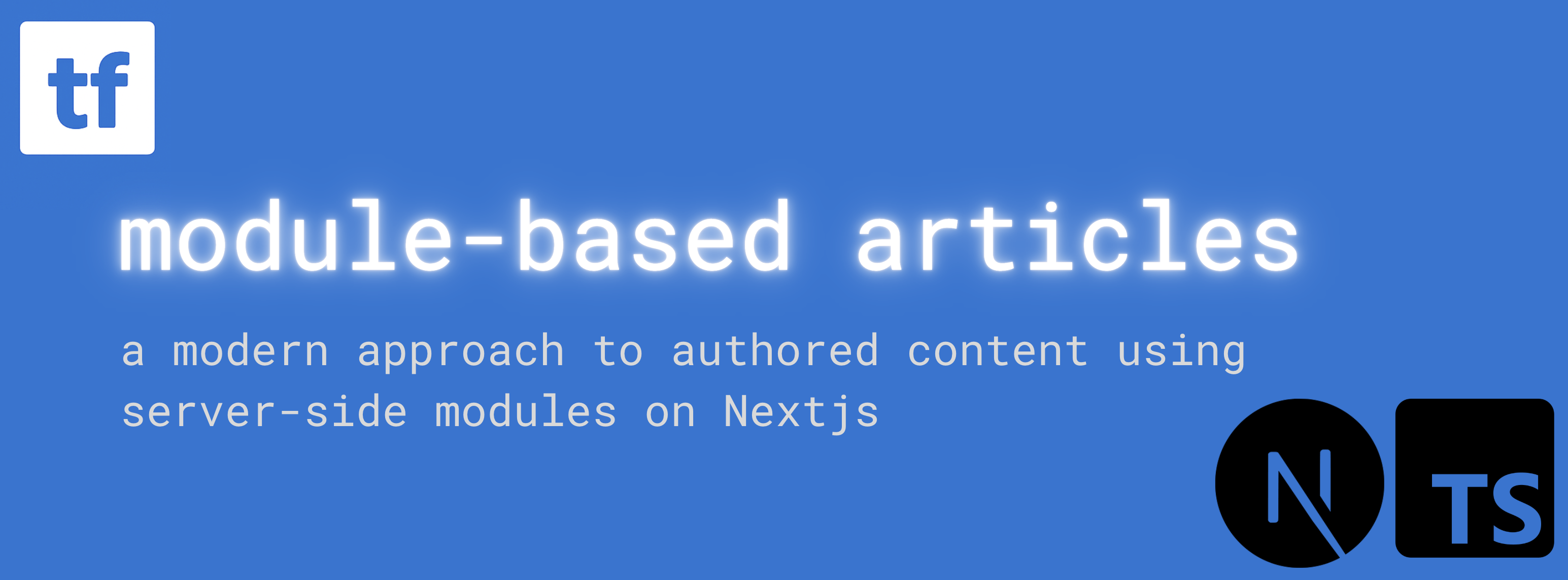

Advanced TypeScript Patterns for React Applications
Type-First Team
•8 min readTypeScript has revolutionized React development by providing static type checking and enhanced developer experience. In this comprehensive guide, we'll explore advanced TypeScript patterns that will elevate your React applications to new levels of type safety and maintainability .
We'll cover essential patterns like Generic Components , Conditional Types , and Type-Safe APIs that every TypeScript React developer should master.
Generic Components
Generic components are the foundation of flexible, reusable React components in TypeScript. They allow us to create components that work with multiple data types while maintaining full type safety .
Let's start with a simple List component that can render items of any type:
Basic Generic Component Pattern
TYPESCRIPT
// Generic List Component Example
interface DataListProps<T> {
items: T[]
renderItem: (item: T) => React.ReactNode
}
function DataList<T>({ items, renderItem }: DataListProps<T>) {
return (
<ul>
{items.map((item, index) => (
<li key={index}>{renderItem(item)}</li>
))}
</ul>
)
}
// Usage example
<DataList
items={users}
renderItem={(user) => <span>{user.name}</span>}
/>Conditional Types in Components
Conditional types allow you to create dynamic type relationships based on type conditions. This enables more flexible and expressive component APIs.
Advanced Conditional Type Example
Advanced conditional type example demonstrates how you can use extends keyword to create type-level logic that adapts based on the input types, providing maximum type safety with minimal boilerplate .
Type-Safe APIs
Creating type-safe APIs involves using TypeScript's type system to ensure that your API calls , responses , and error handling are all properly typed from end to end.
API Client Pattern
API client pattern provides compile-time guarantees that your API calls match your backend contracts, reducing runtime errors and improving developer confidence .
Best Practices
Here are the essential best practices for advanced TypeScript React development:
• Use
• Leverage
• Implement proper
• Use
• Document complex types with
strict mode for maximum type safety• Leverage
utility types like Pick , Omit , and Partial • Implement proper
error boundaries with typed error handling• Use
React.memo for complex state management• Document complex types with
JSDoc commentsProduction Deployment
Here's a sample GitHub Actions workflow for deploying TypeScript React applications:
YAML
# TypeScript React Application Deployment Configuration
name: Deploy TypeScript React App
on:
push:
branches: [main]
pull_request:
branches: [main]
jobs:
build-and-deploy:
runs-on: ubuntu-latest
steps:
- uses: actions/checkout@v3
- name: Install dependencies
run: npm ci
- name: Build application
run: npm run build
env:
NODE_ENV: production
NEXT_PUBLIC_API_URL: ${{ secrets.API_URL }}
- name: Deploy to staging
if: github.ref == 'refs/heads/main'
run: npm run deploy:staging
env:
DEPLOY_TOKEN: ${{ secrets.DEPLOY_TOKEN }}Conclusion
Advanced TypeScript patterns provide the foundation for building robust , maintainable React applications. By mastering these patterns, you'll write safer code , catch more bugs at compile time , and create better developer experiences for your team.
Continue exploring advanced patterns in our TypeScript Deep Dive series and join our community discussions to share your own patterns and learn from others.